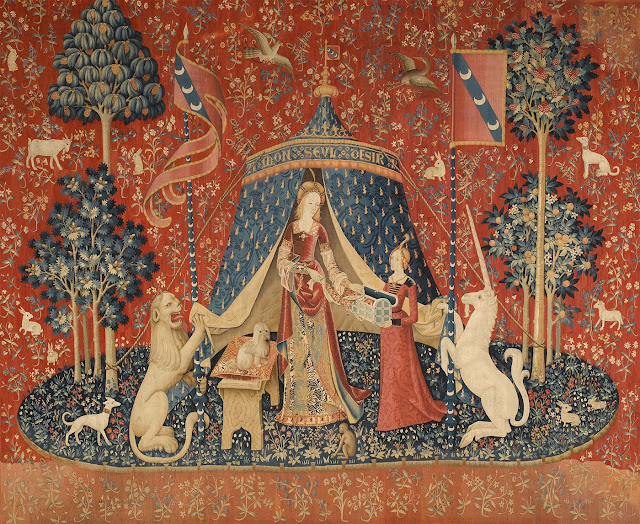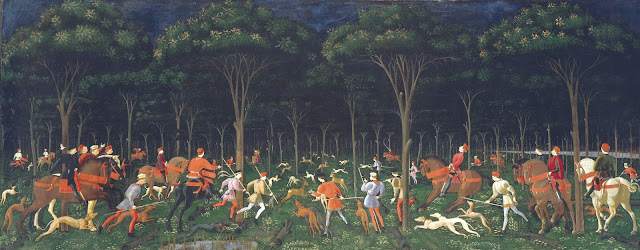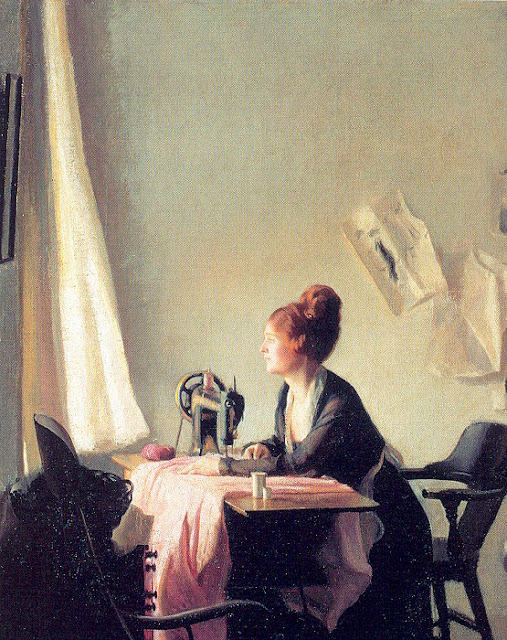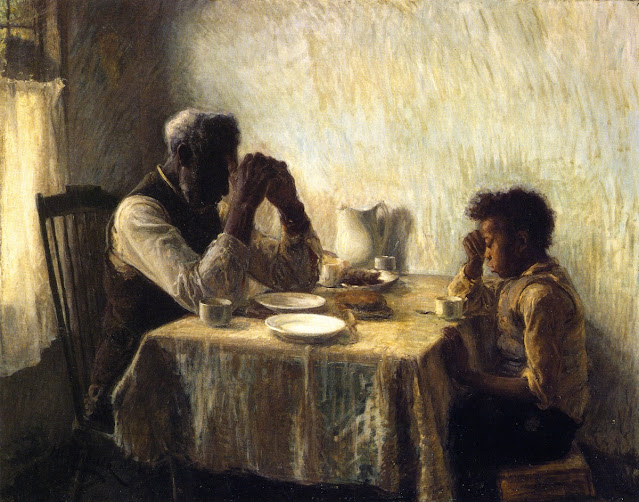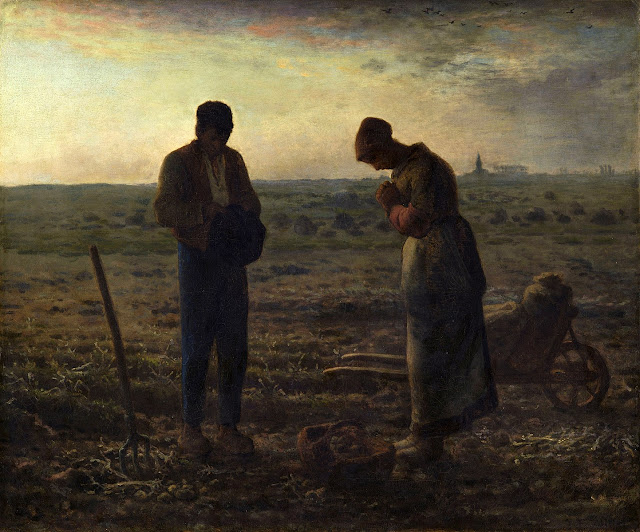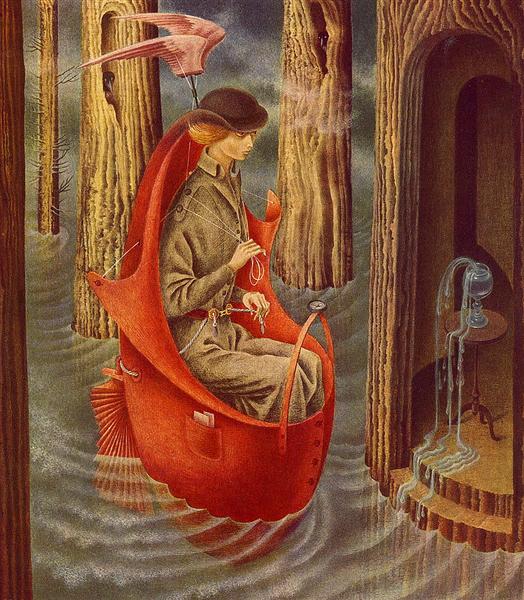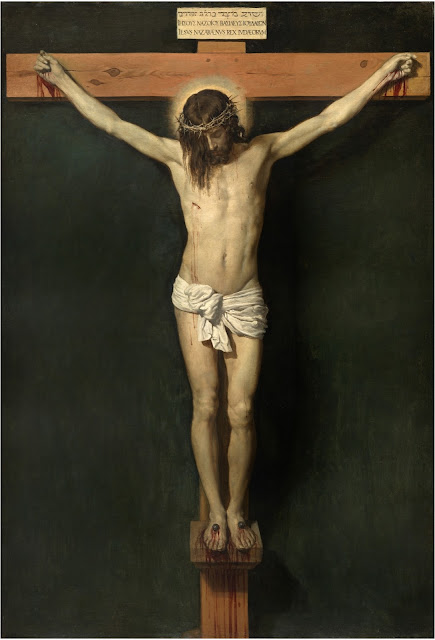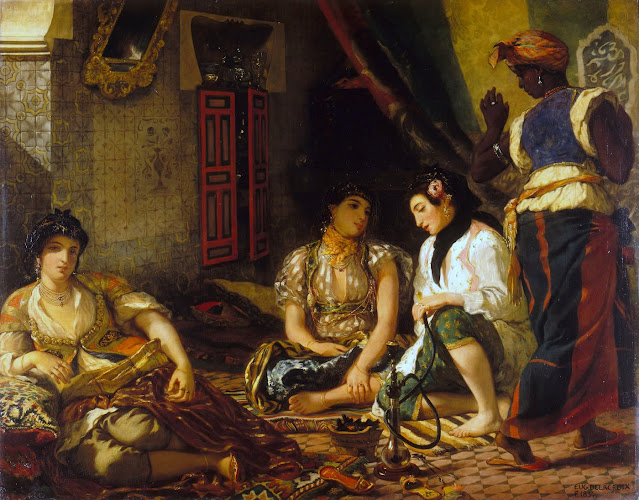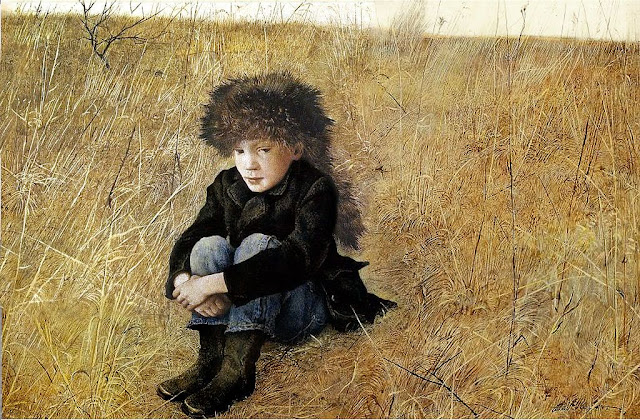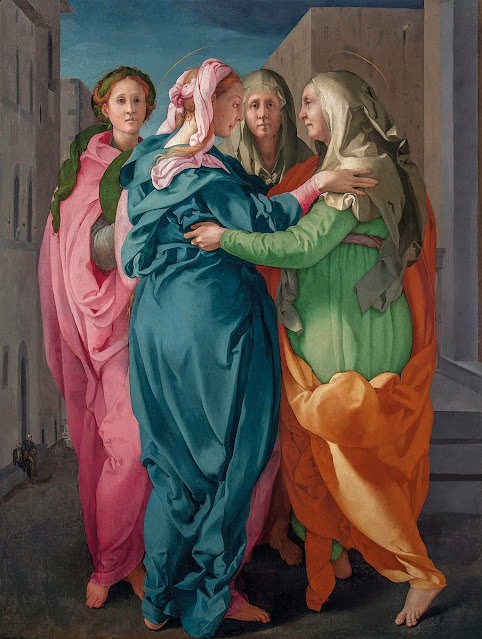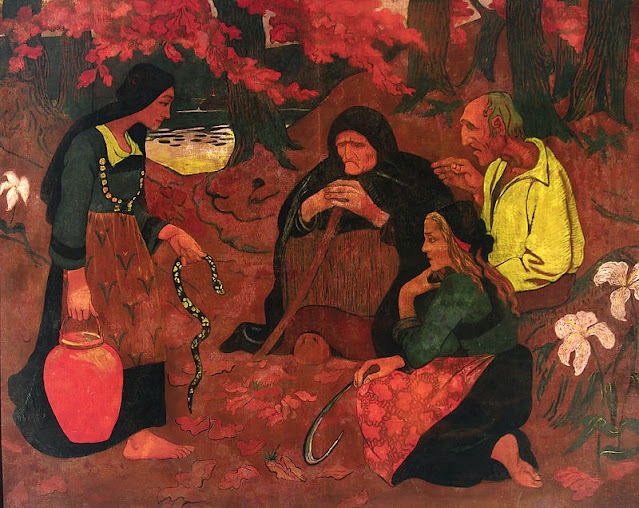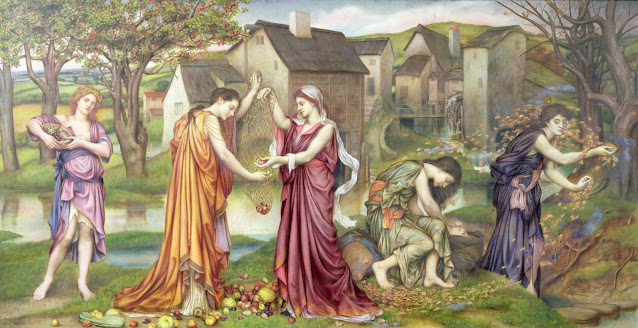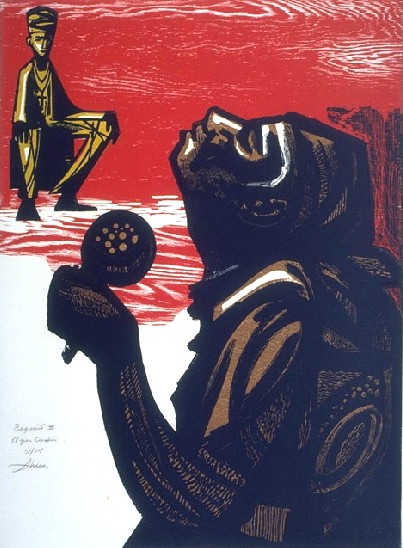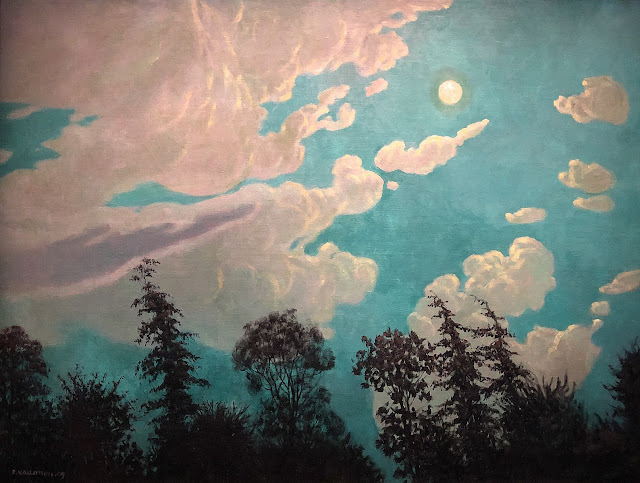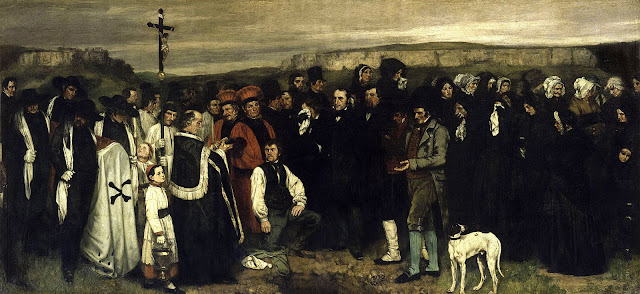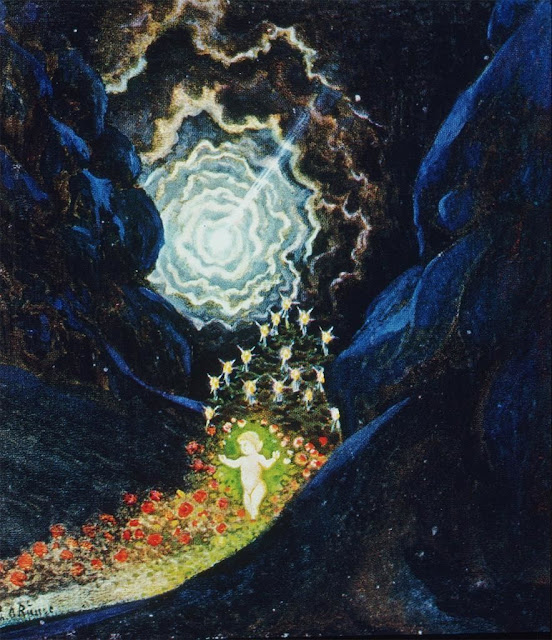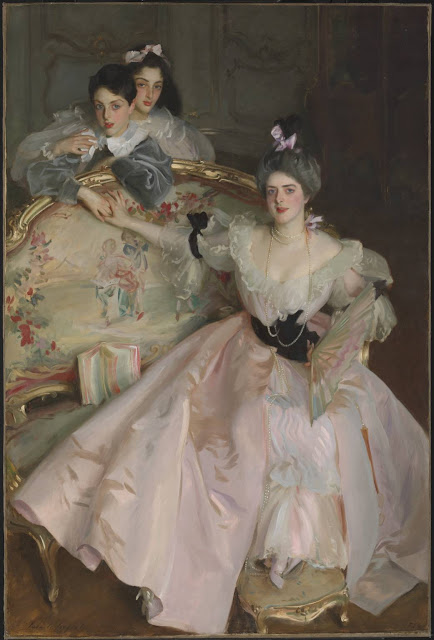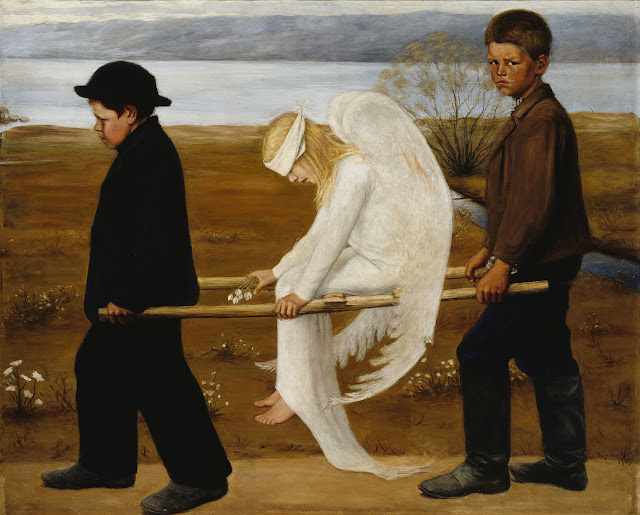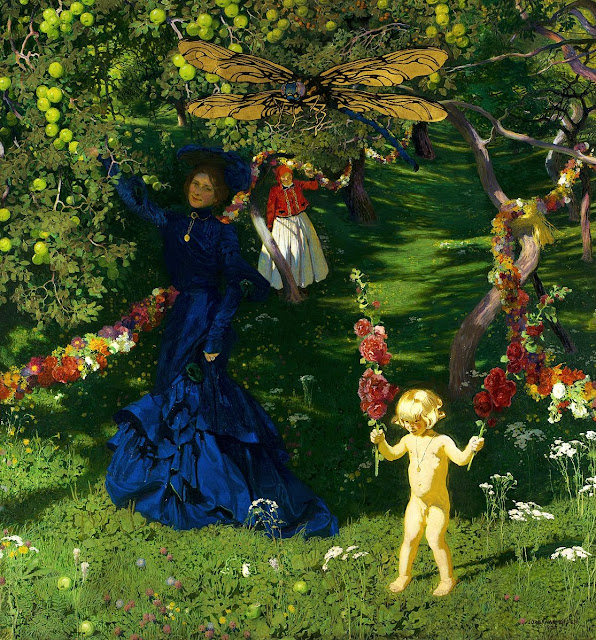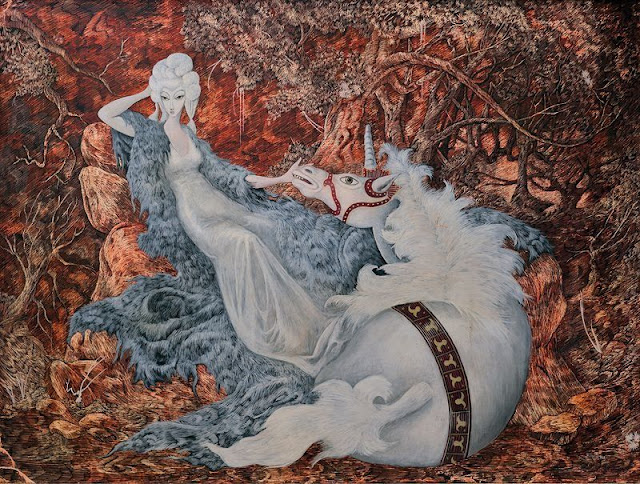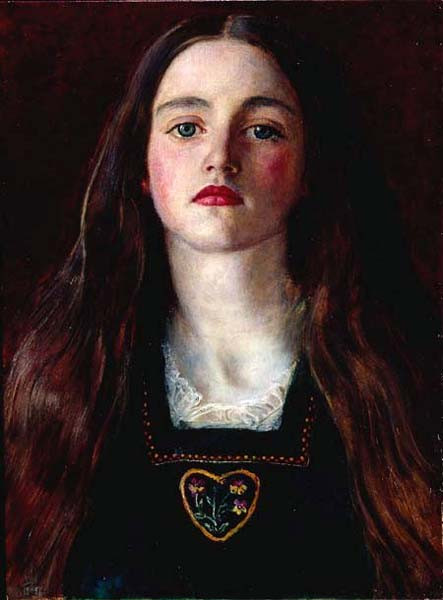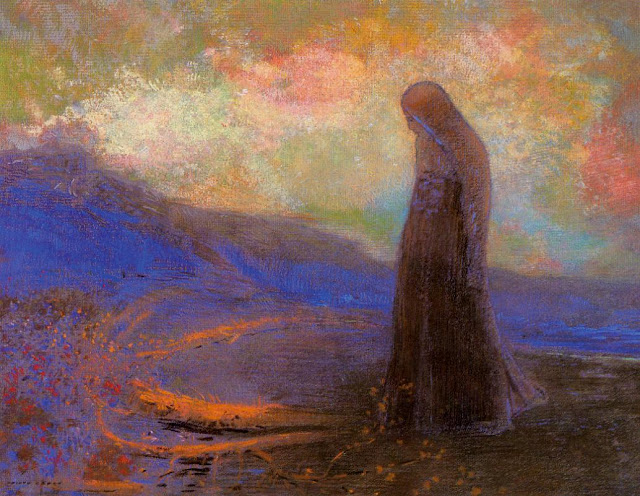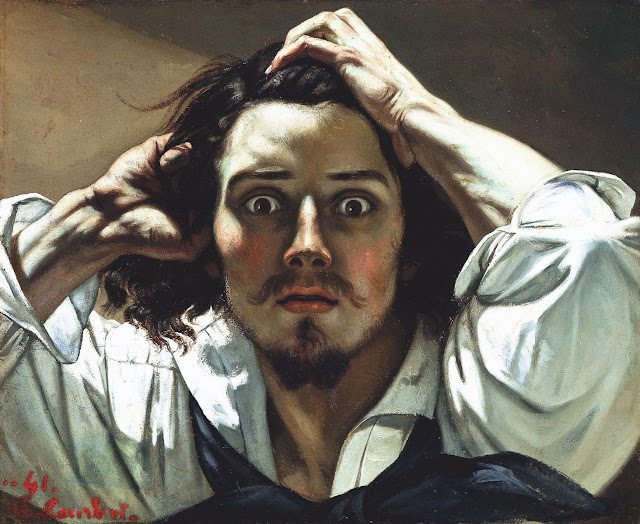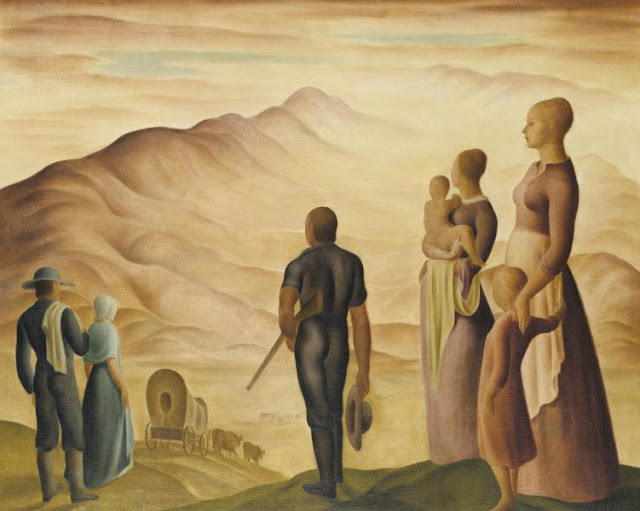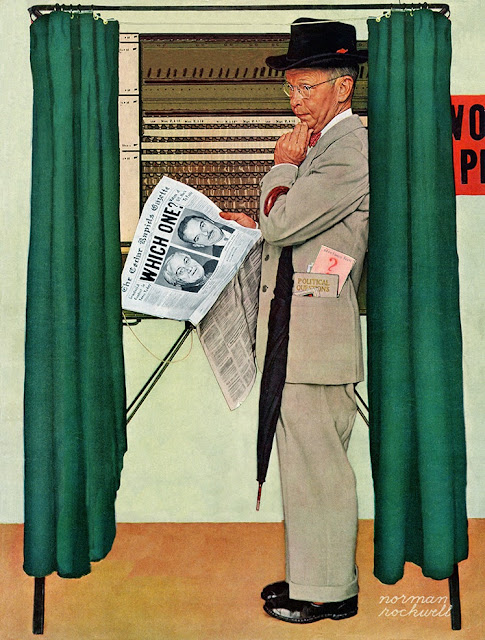Solar Music by Remedios Varo (Interpretation and Analysis)
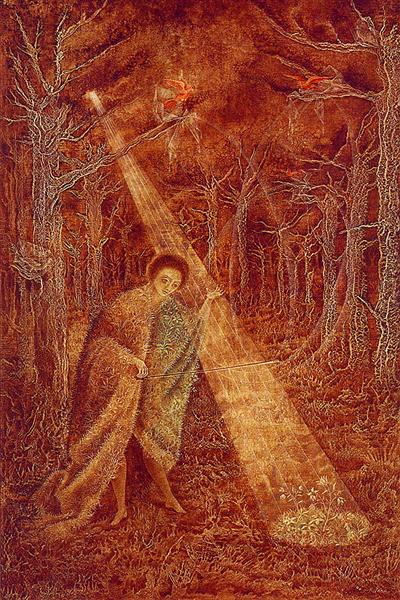
Solar Music Source: WikiArt I am often captivated by the paintings of Spanish-Mexican painter Remedios Varo. Varo was one of the most imaginative artists of her age, employing a complex set of symbols and visual story-telling techniques to convey meaning. As a result, her paintings often conjure images of some half-imagined, legendary past, steeped in magic. Varo’s profound creativity can be seen in paintings like Solar Music , a masterpiece that was created in 1955. The piece reflects Varo’s perennial interest in creation and creative acts. The piece depicts a forest, painted in shades of red and other earth tones. A woman—who strongly resembles Varo—stands in the center of the scene, dressed in a voluminous robe that seems to be made out of the forest floor itself. She draws a bow across a beam of light; this, presumably, is the solar music. In this artistic world, the combination of light and music (symbolized by the bow) creates a mystical force. A flower springs from the earth whe
